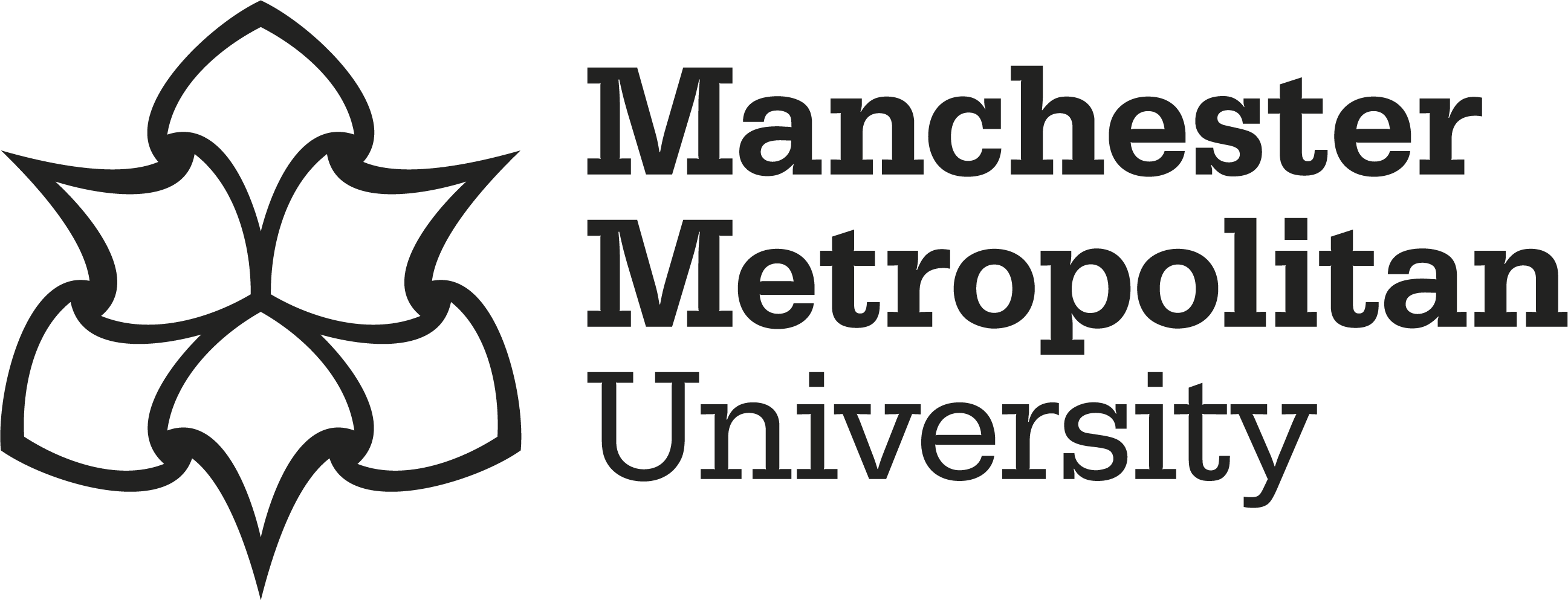Clear, Emma (2025) The Functional Morphology of Mustelid Genitalia. Doctoral thesis (PhD), Manchester Metropolitan University in collaboration with Lancaster City Council.
|
File will be available on: 6 June 2026. Available under License Creative Commons Attribution Non-commercial No Derivatives. Download (8MB) |
Abstract
This thesis investigates the functional morphology of genitalia in a diverse group of carnivores; the Musteloidea (weasels, ferrets and their kin). Documenting genital evolution is essential for enhancing our understanding of the reproductive and evolutionary pressures shaping these structures, yet past research has focused on hard tissues alone, overlooking the role of soft tissues and female anatomy. This research uses modern imaging techniques, including micro-computed tomography (microCT), magnetic resonance imaging (MRI), photogrammetry, and biplanar x-ray (XROMM) to redress this imbalance in mustelids. Shape analysis revealed that species with more complex bacula (penis bones) engage in extended copulation and required more precise genital alignment in a dorsoventral position during mating. The erect shape of the mustelid soft tissue penis often diverged from the underlying form of the baculum, challenging prior research that has relied solely upon bony features. And vaginal endocasts uncovered previously undocumented anatomical features of the female tract. These results underscore the importance of looking beyond hard and/or external tissues when exploring genital evolution and emphasise the value of including ‘hidden’ and under-represented female anatomy. For the first time, biplanar x-ray fluoroscopy (XROMM) of ferret copulation captured the in vivo dynamics of the baculum during intromission. Baculum motion was tightly coupled to the male pelvis, with little evidence for backwards ‘plunging’ into erectile tissues. Further, the male penis remained intermitting even during long periods of rest and mate guarding, even possibly long after ejaculation, hinting at a role in prolonging intromission. By integrating novel imaging techniques and in vivo data, this thesis provides novel insights into mustelid genital form and function and lays the groundwork for future studies of comparative reproductive morphology.
Impact and Reach
Statistics
Additional statistics for this dataset are available via IRStats2.


